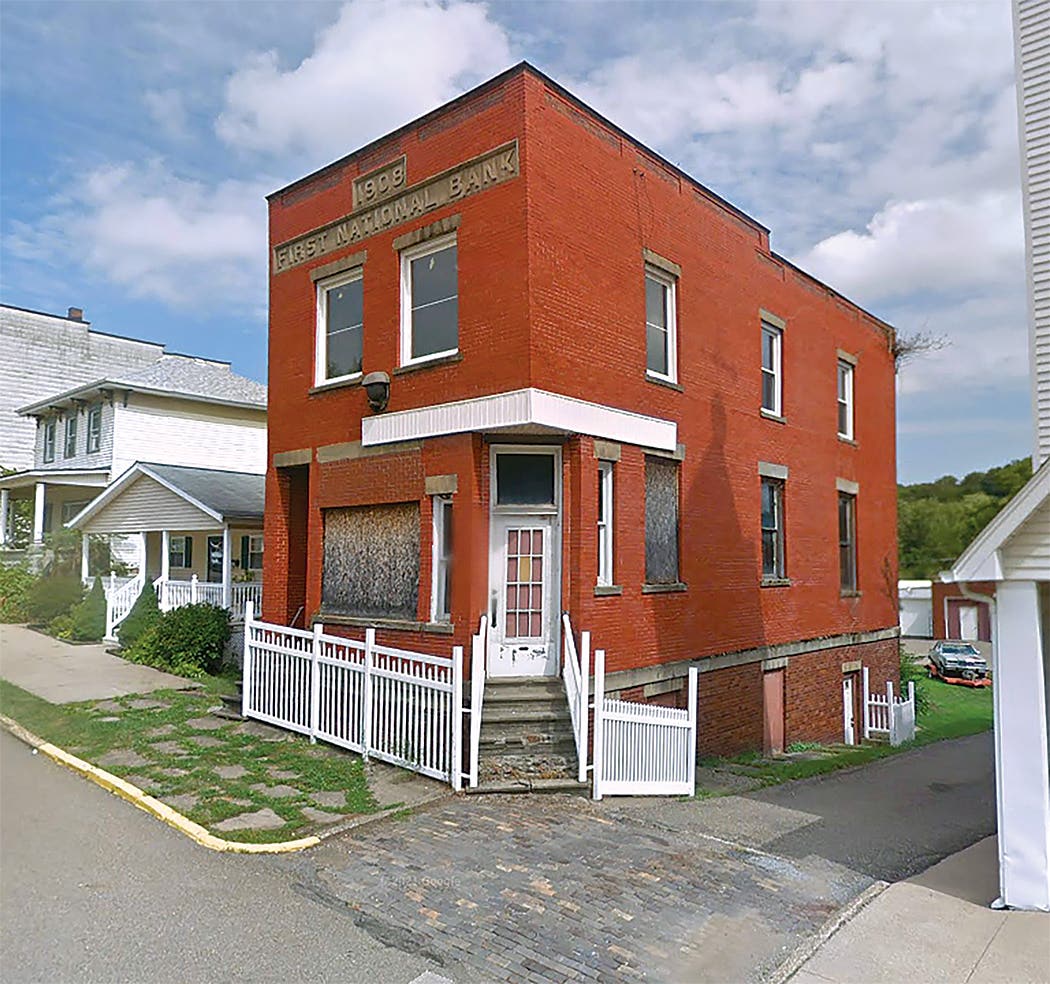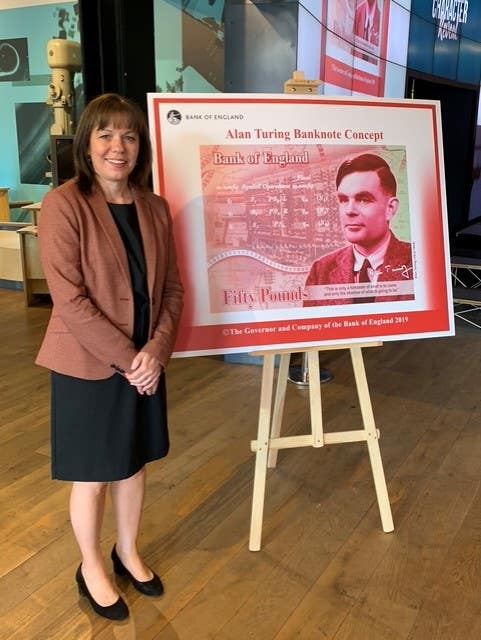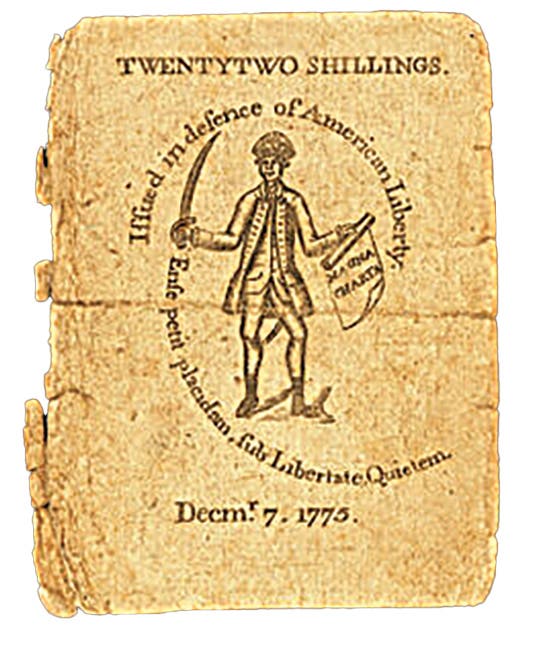Millerstown, Pa.: Two banks, One Town Name, Two Locations
In situations where two communities shared the same name in a given state, it was possible for both to end up as town names in the tombstones of national bank…
In situations where two communities shared the same name in a given state, it was possible for both to end up as town names in the tombstones of national bank notes. Adam Stroup brought a third example of this from Pennsylvania to my attention, this time two places named Millerstown across the state from each other. One is in Perry County north of Harrisburg, the other in Butler County north and east of Pittsburgh.
It is notable that all three cases of these duplicate town names are from Pennsylvania, a point worth a bit of examination. I have not identified an instance of this among the national bank note issues from any other state. If you know of one, I sure would like to learn of it.
The Millerstown in Perry County is a small borough in the northern part of the county along the banks of the Juniata River. It is 29 miles northwest of Harrisburg on U.S. 22. The town had a population of 673 in 2010. It was named after David Miller who bought the land in 1780 and filed a patent in 1790 to lay out a townsite there, thus Miller’s Town became the first town plotted in Perry County. Millerstown borough was incorporated in 1849. The post office there was named Millerstown from its inception, thus laying claim to the exclusive use of that name for a post office in Pennsylvania.
The other Millerstown is located 12 miles northeast of Butler on P.A. 64. The town lies astride Buffalo Creek and was named for a grist mill built on the site by Abraham Lasher in 1805. The tract of land containing the mill was eventually purchased by Philip Barnhart who laid out town lots and called the place Millerstown. The post office there was named Barnhart’s Mills in order to avoid conflict with the other Millerstown
This Millerstown was formally incorporated as a borough in 1855. The post office was renamed Chicora in 1891, and the borough name was changed to Chicora in 1959 to bring its name into sync. The town had a population of 1,043 in 2010.
The history of the Butler County Millerstown was eventful. The first industry to operate there was a distillery. In due course, the Pittsburg and Western Narrow Guage railroad was built through town but the town remained a hamlet until 1873, when oil was discovered at shallow depths. It soon became an oil boom town that it is claimed swelled to 7,000 to 8,000 people at its peak. There were 80 saloons to quench the thirst of the force in 1878. The Millerstown Oil Exchange was organized in October 1882, fanning speculative fever in the region.
The Millerstown Savings Bank Association was organized June 6, 1873, with Charles Duffy president and J. C. Scott cashier. Duffy also served as president of the established First National Bank of Butler in 1874. It is obvious he wanted to get in on the oil boom.
John Walker took over as cashier of the Millerstown bank in 1874, after which it was reorganized as The German National Bank on Feb. 15, 1875. The bank received charter 2241 on March 27. The bankers maintained a circulation of $45,000 in Original Series and Series of 1875 $10 and $20 notes for the life of the bank. It was one of the last banks to receive Original Series notes. A lone Series of 1875 $10 is reported.
Eventually oil booms go bust so opportunity in the oil patch began to wane. The bank was liquidated Aug. 12, 1884. Millerstown shrank back into a modest town thereafter.
When the bankers submitted their organization papers for The German National Bank, they listed the town as Millerstown, which was appropriate despite the fact that the post office that served the bank was Barhart’s Mills. Technically, the Comptroller’s clerks could have inserted Barhart’s Mills in the postal location written in script within the title blocks on the notes, but there was little incentive to do so because there wasn’t a national bank in the other Millerstown. Bank directory listings for the German National list Barnart’s Mills as the post office in order to avoid confusion with the other Millerstown.
The First National Bank in the Perry County Millerstown was organized much later on Feb. 15, 1904, and received charter 7156 on March 2. It opened April 4. That Millerstown also was organized as a borough.
It had a more prosaic existence than the German National as a small bank serving a stable little town so it lasted beyond the end of the note-issuing era. The officers maintained a circulation of $20,000 through 1910, which was increased to $25,000 through 1935. Series of 1902 blues seals and 1929 notes are available, but no red seals have been reported.
Pennsylvania was ripe for duplicated town names owing to its large size, early settlement and numerous rural towns in every nook and cranny. Further contributing to its plethora of town names was the arcane subdivision of the state into political subdivisions. Pennsylvania is noted for having a Byzantine system of overlapping political jurisdictions including counties, townships, boroughs, cities, towns, hamlets and populated places, etc. Superimposed on top of this maze were post offices that carried names that could reflect one of these subdivisions or be totally different.
When it came time for bankers to organize their banks, they could specify their “town” as they wished, usually a borough, city or town, but also township, populated place or community. Often those selections coincided with a post office of the same name that served them. However, as was the case for the Butler County Millerstown, the post office could have a totally different name as Barnhart’s Mills in this case, which later became Chicora.
The Comptroller of the Currency was very tolerant of the town names that bankers selected and honored their selection as submitted. The primary concern was being able to direct a note holder to the bank should the holder wish to redeem the note for lawful money. For this reason, the title blocks in addition to carrying the town name, often in a tombstone, also carried the postal location written in script across from the plate date.
Sometimes but not always when there was a disconnect between the town name submitted by the bankers and the name of the post office, the Comptroller’s clerks inserted the post office name in the script location as clarification. This wasn’t done in the case of The German National Bank of Millerstown, most likely because such a protocol to do so wasn’t well established in 1875.
The other two situations where duplicated Pennsylvania town names appeared on national bank notes were towns named New Salem and Jefferson. The numbers are the charter numbers of the banks that go with the appropriate location: New Salem (Westmoreland County, 5837; Fayette County, 6599), and Jefferson (York County, 9660 & 14071; Greene County, 11370). Both of these equally interesting situations have been profiled here in the last couple of years (Huntoon, Dec 2019 & Feb 2020).
If you are looking for a lifetime challenge, try assembling a collection of one note from each of the banks in these six towns.
Sources of Data
Huntoon, P., Dec 2019, New Salem, Pennsylvania—-things are not as they appear: BNR, v. 68, p. 24-27.
Huntoon, P., Feb 2020, Jefferson, Pennsylvania, double identity: BNR, v. 69, p. 62-65.
Brown, Robert C., 1895, History of Butler County Pennsylvania, Chapter 43—Millerstown Borough: R. C. Brown Co., Publishers, Chicago, 1360 p.
Scott, David, County Surveyor, 1858, Map of Butler County, Pennsylvania: Office of the Courthouse, Butler, PA.








